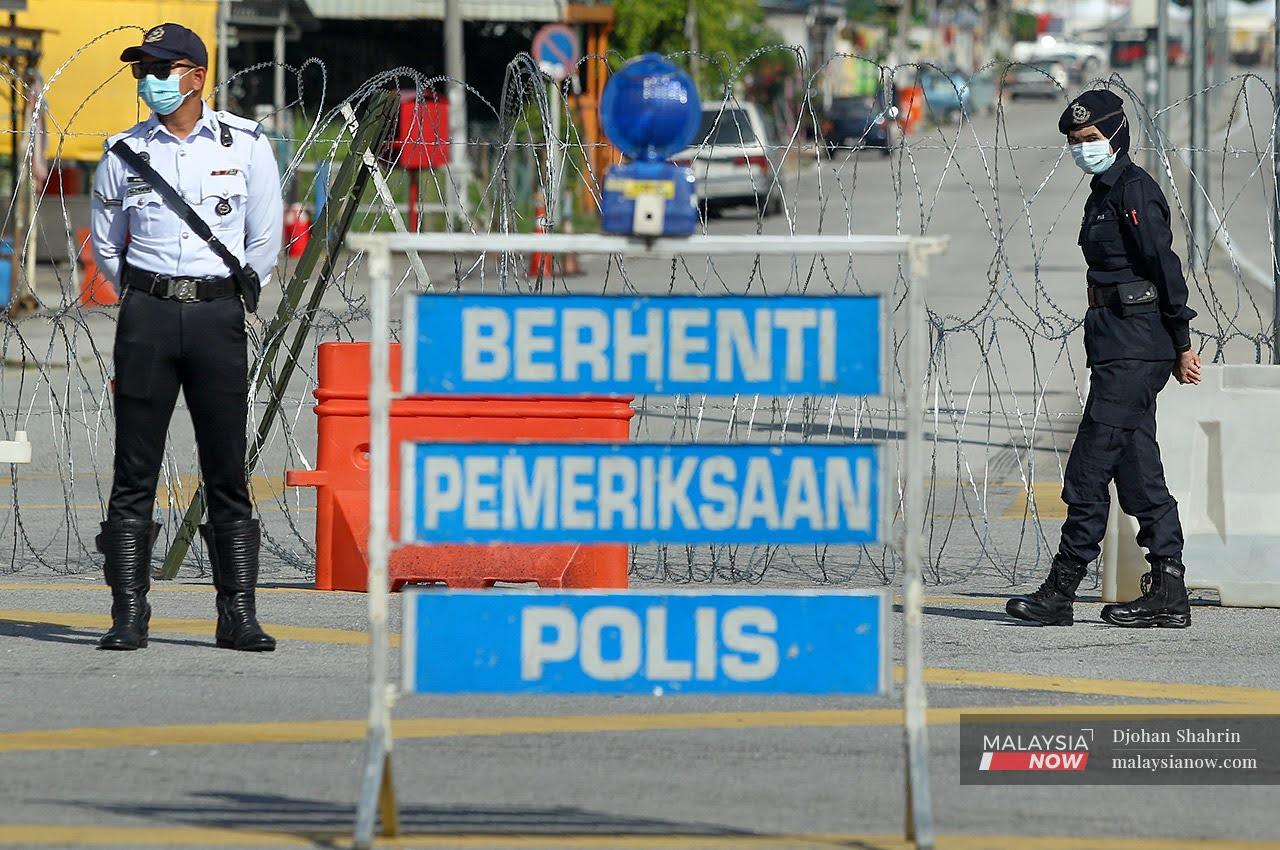Why a second lockdown is unnecessary for now
Individual areas with spikes in cases should be locked down, not the entire state or country.
Just In
The government has decided against bringing back many of the restrictions that were imposed when the movement control order (MCO) was introduced on March 18 this year, despite the recent spikes in Covid-19 cases.
As the owner of an SME, as well as a father and a son to an ageing mum, I am totally in support of this decision – for now.
Rolling back on the freedom we have been granted in order to stem the rising infections may seem like the logical thing to do. But when one looks deeper into the issue, it is not as cut and dry as one would imagine. If the government were to ban interstate travel and shutter businesses and schools, the economic fallout would be disastrous.
My humble SME has already suffered massive a dip of around 56% in revenue since March. Within the business community, the general consensus is that we can’t afford another shutdown. If not for the loan moratorium and wage subsidies, many more businesses would have folded for good.
A friend recently related that a business associate of his was practically suicidal looking at how the business the latter had built up over the decades had crumbled under the weight of economic hardships triggered by the pandemic.
There is a need to strike a balance between lives and livelihoods, and I feel the government has walked this thin line rather well. Relying on data-driven strategies rather than knee-jerk reactions, the government has provided a steady hand in managing one of the worst crises we have ever faced in recent times.
Let’s look at the facts: While the number of new cases is high, most of them are from identifiable locations. For example, of Kedah’s 102 new cases on Oct 3, 97 were from the prison Tembok cluster.
In Sabah, currently the top Covid-19 hotbed, 100 of the 155 new cases reported on the same day came from contact tracing from the four known clusters. Obviously, when active case detection is carried out, more cases will emerge.
This brings to mind the Singapore experience where the republic saw a sudden spike in cases, mostly from the living quarters of its foreign workers. Aggressive contact tracing saw over 57,000 cases reported there to date, despite its smaller population and size relative to Malaysia’s and its supposedly superior healthcare system.
The international financial district did not succumb to public pressure for stricter restrictions that could hurt the economy more than it already had.
Likewise for Malaysia, which did fairly well in containing the spread of the disease prior to this. We already have a working system in place that, by all indications, is able to handle the sudden rise in cases – at least for now. Our hospital beds for Covid-19 patients are only running at about 25% capacity and we have enough quarantine centres and manpower for the time being.
Besides, the government has imposed enhanced movement control orders (EMCOs) in Covid-19 hotspots and will continue doing so. This is a more practical solution and has been proven to work in the past. If the Kota Setar district has a high number of cases, the authorities just need to lock down that area. There is no necessity to lock down the whole of Kedah or even the whole country.
I am not writing to say that economic considerations should take precedence over health. I have school-going kids and an ageing mum, all who are categorised as high risk. No amount of money in the world is worth losing your loved ones.
All I am saying is that there is a need to be rational and level-headed in this time of crisis. The government has done fairly well for now, managing not just the pandemic, but the economic fallout. Until data shows otherwise, let’s support this government in treading this fine line between lives and livelihoods.
The views expressed in this article are those of the author(s) and do not necessarily reflect the position of MalaysiaNow.
Subscribe to our newsletter
To be updated with all the latest news and analyses daily.
